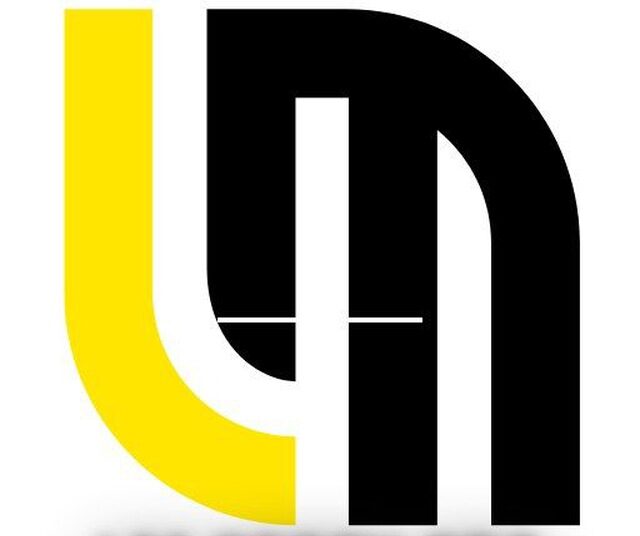- NZD/USD is still under pressure near 0.5710 in the Asian session on Tuesday.
- RBNZ was set to reduce OCR by 50 points per second to 3.75 % on Wednesday.
- The rising trade war may strengthen the US dollar.
NZD/USD pair Some sellers attract about 0.5710 during the early Asian session on Tuesday. The increasing expectation is that the Reserve Bank in New Zealand (RBNZ) will provide a RBNZ reduction in the February meeting on Wednesday weighing the New Zealand dollar (NZD).
RBNZ is expected to reduce the official money price (OCR) by 50 BPS on Wednesday, leading to a decrease in the rate to 3.75 %. “Our basic case is that RBNZ will reduce 25 byte in each of the next two meeting, in April and May,” said Nick Tofli, ASB chief economist.
RBNZ Adrian ORR will hold a press conference after the price decision, which may provide some hints on the interest rate of New Zealand. Any Duvish notes from RBNZ policymakers can practice some pressure on kiwi.
Fears of customs tariffs and commercial war may enhance safe flows, which benefit the green back. On Friday, US President Donald Trump maintained his armor from the tariff threats, saying that car taxes will start with mere April 2. This was the latest measure in a series of commercial measures he announced since she took office for the second period. At the same time, the possibility is the United States Federal Reserve (Fed) that would adhere to its honesty position amid high inflation may serve as the back wind of the husband in the short term.
Rbnz common questions
The Reserve Bank in New Zealand (RBNZ) is the central bank in the country. Its economic goals are to achieve and maintain price stability – it is achieved at inflation, measured by the Consumer Prices Index (CPI), and the within the range decreases between 1 % and 3 % – and support the maximum sustainable workers.
The MPC’s Monetary Policy Committee (RBNZ) (MPC) decides the appropriate level of the official monetary price (OCR) according to its goals. When inflation is higher than the target, the bank will try to tame it by raising its main personal identification, which makes it more expensive for families and companies to borrow money and thus cool the economy. The highest interest rates are generally positive for the New Zealand dollar (NZD) because it leads to high returns, making the country a more attractive place for investors. On the contrary, low interest rates tend to weaken NZD.
Employment is important for the New Zealand Reserve (RBNZ) because the narrow labor market can nourish inflation. RBNZ’s goal of “the maximum sustainable employment” is defined as the highest use of work resources that can continue over time without creating an acceleration in inflation. “When employment is at the maximum sustainable level, there will be low and stable inflation. However, if the employment is higher than the maximum level of sustainable for a very long time, this will eventually cause prices to rise more quickly, which requires MPC to raise interest rates to keep On inflation under control. “
In extremist situations, the backup bank in New Zealand (RBNZ) can enact a monetary policy tool called quantitative dilution. QE is the process by which RBNZ is printed and used to buy assets – usually government or companies – from banks and other financial institutions in order to increase the width of local money and stimulate economic activity. QE usually leads to the weakest of the New Zealand dollar (NZD). NKE is the last resort when it is unlikely to achieve interest rates simply the goals of the central bank. RBNZ used it during the Covid-19s.
2025-02-18 02:14:57
